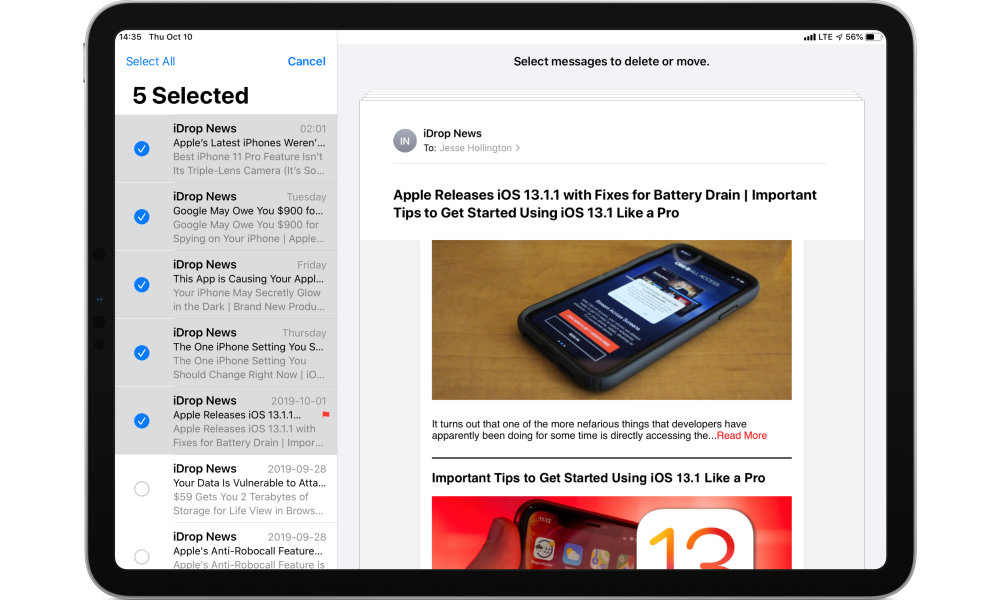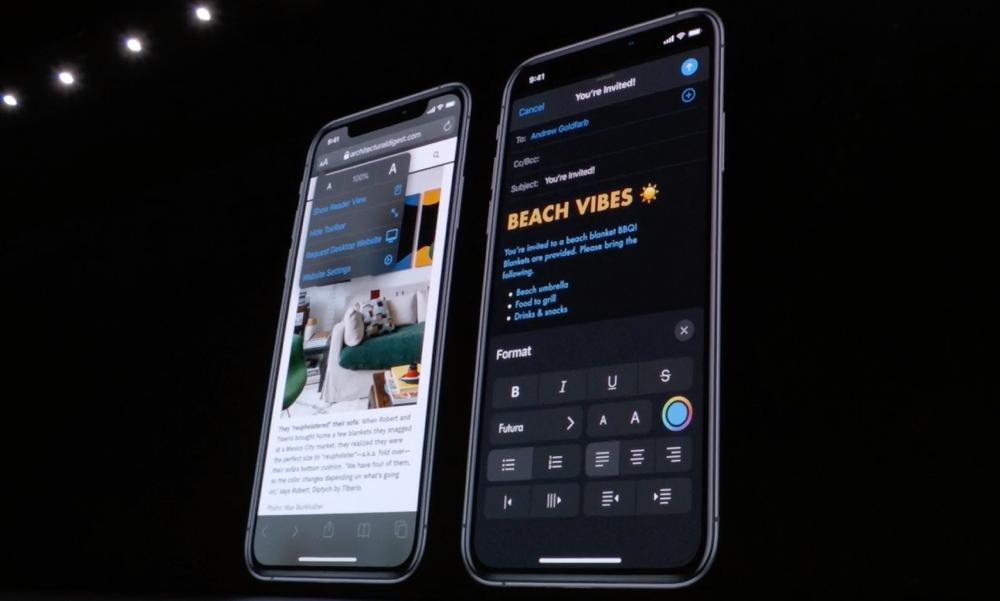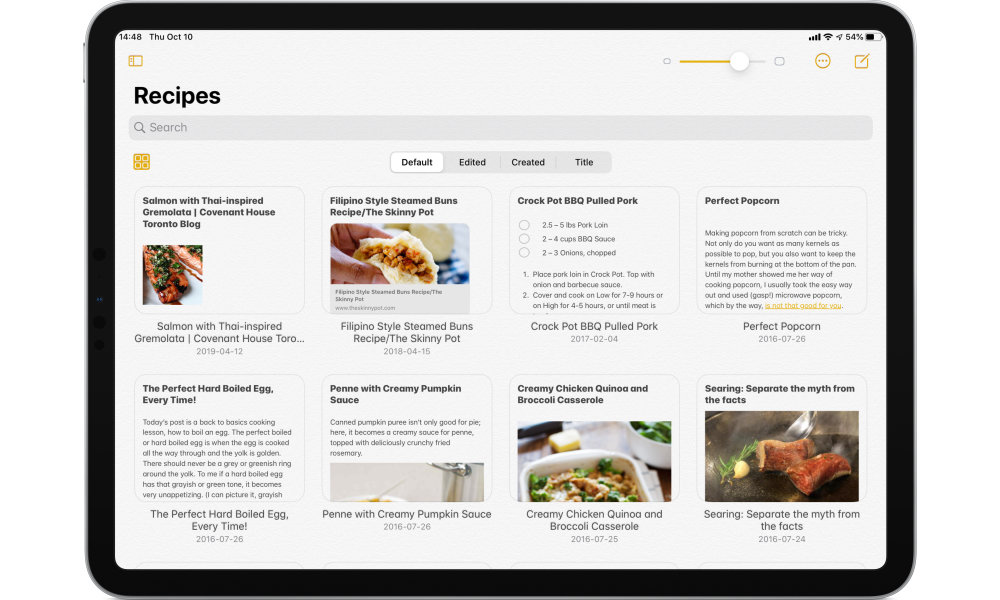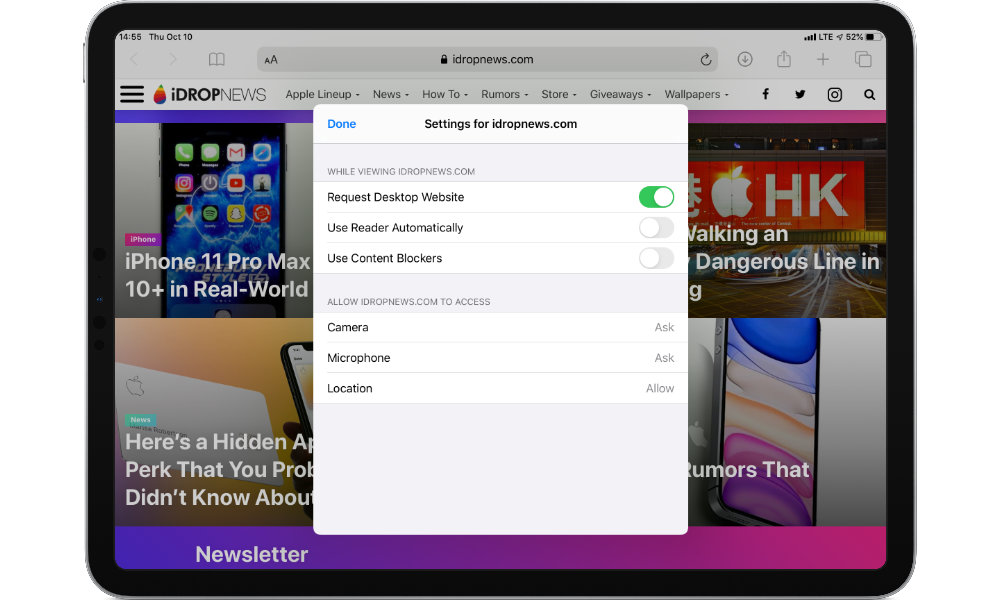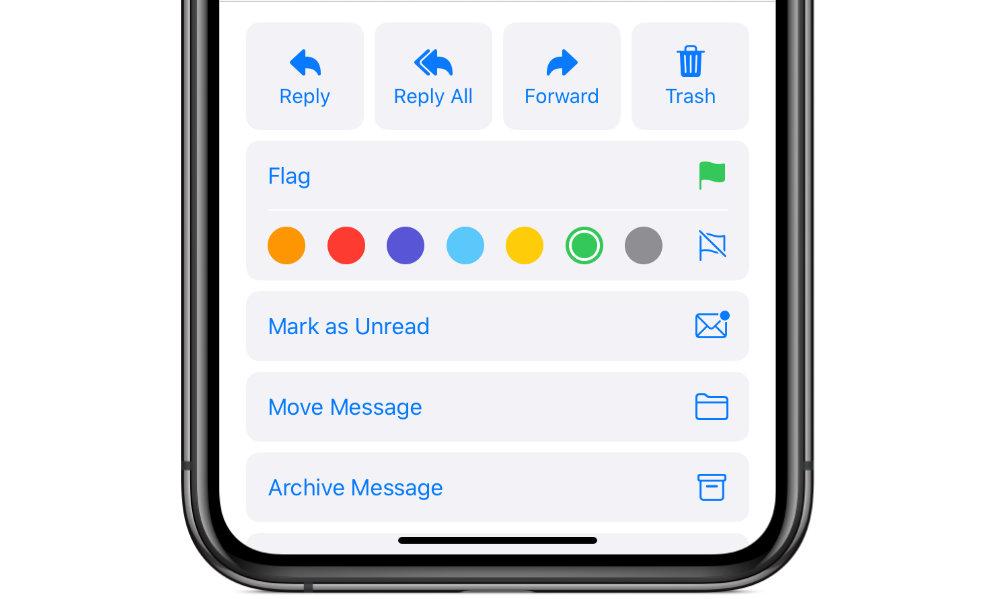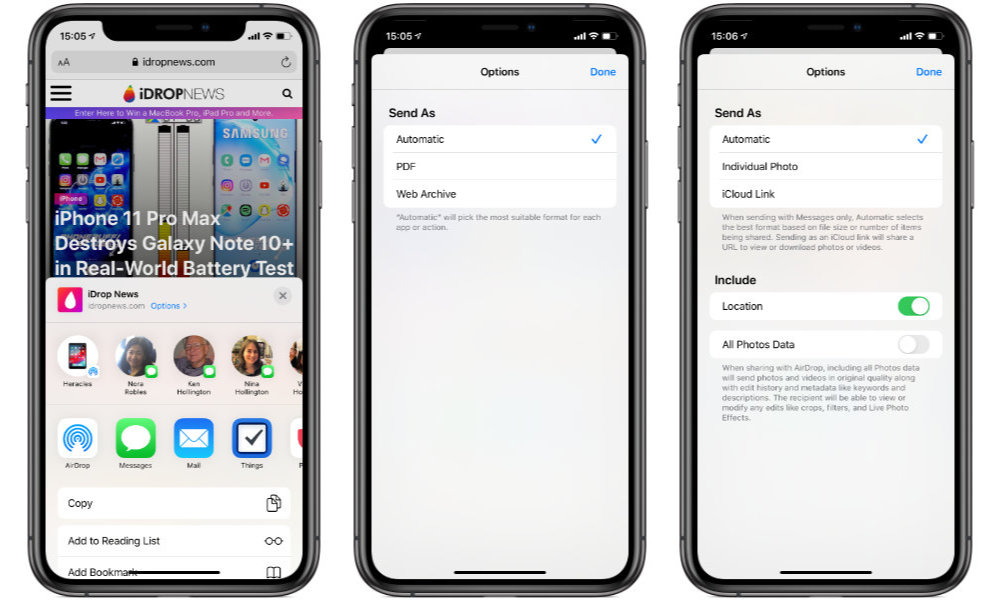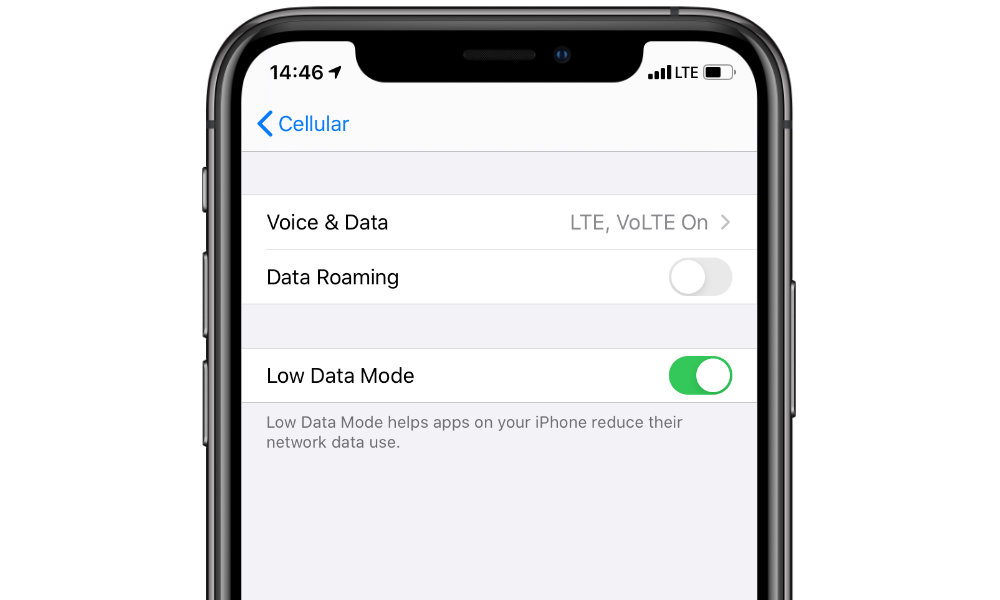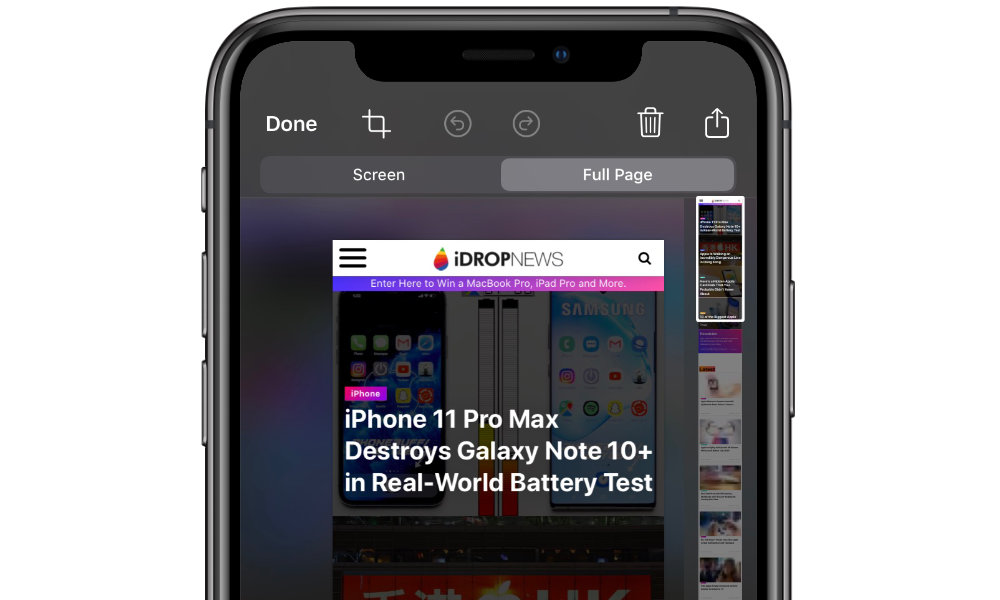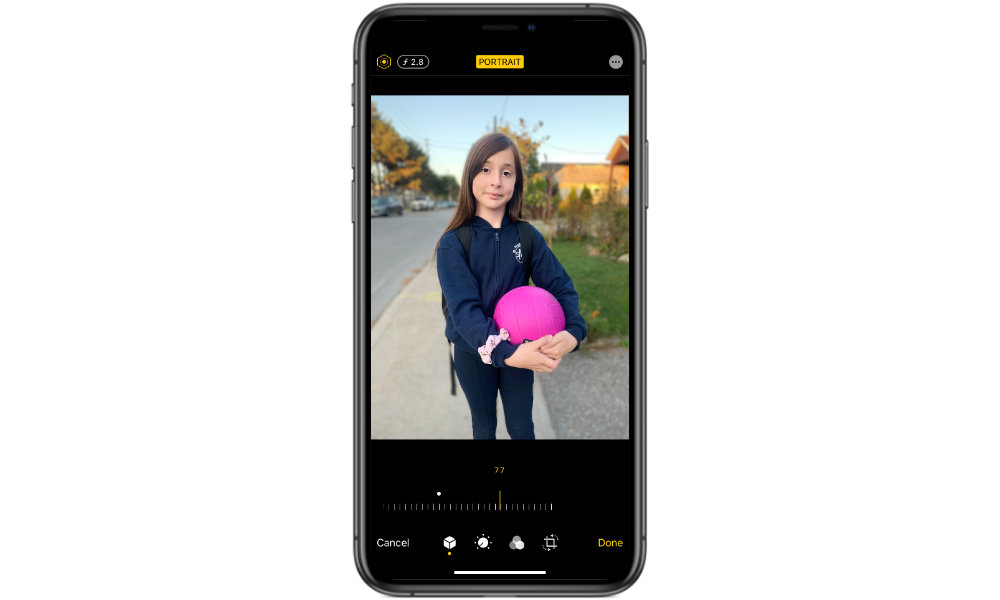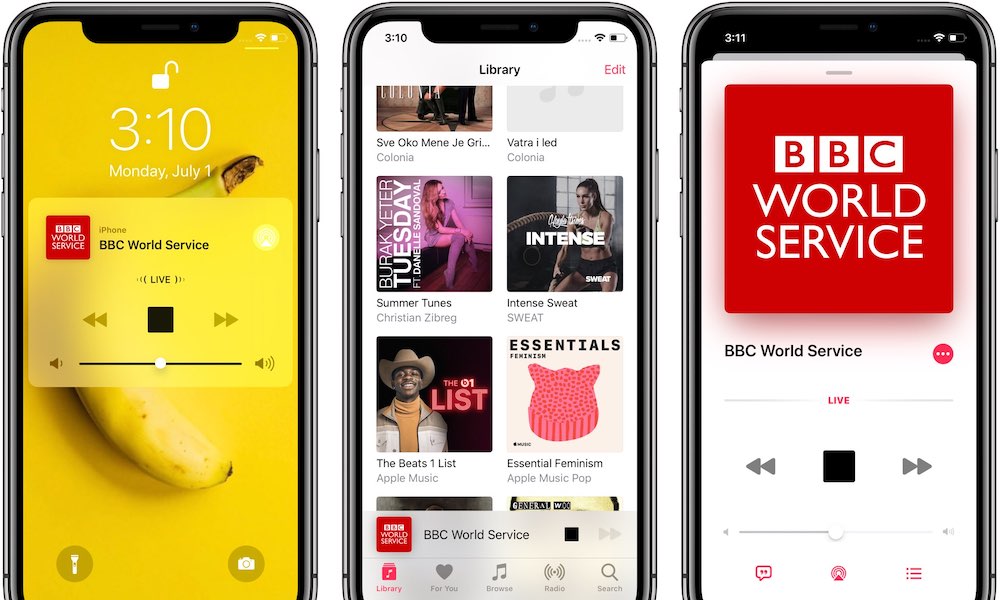10 More Tricks in iOS 13 You Should Be Using
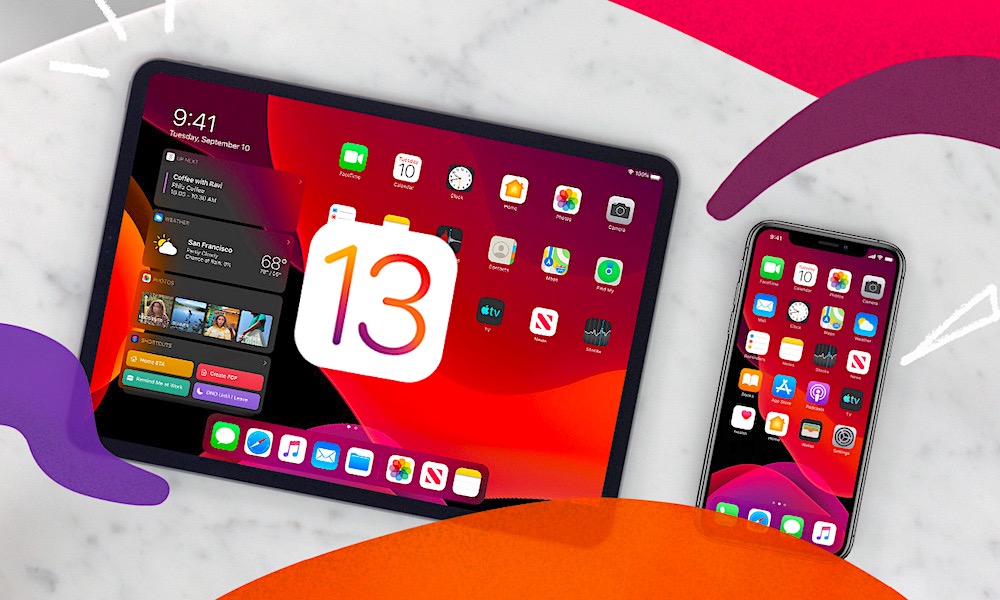 Credit: Apple
Credit: Apple
Apple’s latest mobile operating system update, iOS 13, is one of the most feature-packed updates we’ve seen in recent years. In fact, there’s so much in here that Apple has actually split its venerable iPhone and iPad software into two distinct versions: iOS 13 for iPhone (and iPod touch) users, and iPadOS 13 for those on Apple’s larger-screened tablet device.
While there are plenty of marquee features in iOS 13 like the long-awaited Dark Mode and the new QuickPath keyboard — and still more to come — there are also a lot of subtle changes that are just as interesting and make iOS 13 (and iPadOS 13) both more streamlined and more fun. Continue reading for 10 more tricks in iOS 13 that are definitely worth checking out.
Quickly Select Multiple Items in a List
While it doesn’t work everywhere yet, in several of Apple’s own apps, including Mail, Messages, and Notes, you can immediately select multiple continuous items in a list by placing two fingers on the first item and then dragging either up or down the list.
It’s a really fast and magical way to clean up your mailbox, and while it only seems to work right now in apps that use that standard style list format, we hope to see it come to other third-party apps soon.
Advanced Formatting in Mail
If you’re not using Apple Mail, this may be a great time to take another look at it, since it’s gained a feature that almost no other iOS mail apps have — the ability to apply the kind of formatting to your outgoing email messages that you can in its Mac counterpart.
Tap on the “Aa” icon above the keyboard, and you will get a whole new palette of options to let you adjust font sizes, colours, add bulleted and numbered lists, and even pick entirely different fonts. Your emails have never looked so good.
Gallery View in Notes
We really like Apple’s Notes app, which packs a lot of power into a clean and simple user interface, and now in iOS 13 there’s a whole new way of looking at your notes.
Go to the very top of any of your lists in the Notes app, and you’ll see a new square grid-like button. Tap on this, and you’ll immediately be whisked into Gallery View, providing a visual look at all of your notes.
This is especially great if you’re storing a lot of photos and sketches, but it works well for getting a birds-eye view of your text notes too.
Customize Your Settings for Websites in Safari
In Safari you can now easily customize your preferences for whatever website you’re visiting, and even better, these are remembered on a per-website basis.
So, for example, if you always read a certain website using Safari’s Reader view, you can now have that on automatically for that website, or if you want to make sure you always request the desktop version instead of the mobile version for another site, you can do that too.
Tap on the “aA” button to the left of the address bar and choose Website Settings to see what you can do.
Colourful Flags in Mail
Another way in which Apple’s mobile Mail app gets closer to its big brother on macOS is in support for coloured flags. Not only can you now flag your messages with one of seven different colours, but these will automatically stay in sync with your Mac Mail app, and there’s no special iCloud magic at work here — it uses standard IMAP so it works regardless of your email provider.
Control What You Share
The Share Sheet in iOS 13 has gotten a lot more intelligent, and you’ve probably already seen the sharing suggestions that make it easy to send things like web links and photos out to your regular contacts. There’s another feature hidden here as well, however, that lets you customize what it is you’re actually sharing.
Tapping on the “Options” link when it appears at the top of the Share Sheet will show you what you can send for whatever type of content you’re sharing.
For example, in Safari you can choose whether to share a web link, a PDF, or a web archive of the current page, while for photos you can choose to share individual photos or iCloud links to them, and decide whether you want location info included or stripped out before you share.
Save Data
Hidden within your Cellular Data Options is a new toggle for Low Data Mode which can help you conserve data if you’re running near the edge of your monthly allotment.
This is a global setting that will tell third-party apps that respect it, such as Apple’s own Music and Photos apps, as well as Spotify’s latest update, to essentially start sipping data to help you avoid overage charges.
It also turns off Background App Refresh, automatic downloads of things like app updates and backups, and reduces bitrates on FaceTime calls and lowers the streaming quality in Apple Music.
Screenshot Full Pages
You probably already know how to take screenshots on your iPhone or iPad — simply hold down the side and volume up buttons on an X-series iPhone — but what you may not realize is that iOS 13 now lets you capture your screen in a whole new way.
In addition to simply taking a shot of whatever is actually being shown on the screen, apps like Safari, Mail, and even Apple’s Pages now offer a “full page” option that will grab the whole thing. It’s basically just like taking a printout, and in fact in Apple Mail the view even changes to a print-like format of your email message.
For supported apps, you’ll see the option at the very top of the markup screen that appears when you tap on the thumbnail preview of the screenshot. From there you can also save or share the full page version just like any other screenshot.
Adjust Portrait Lighting Intensity
Not only does iOS 13 add a very cool new high-key monochromatic portrait lighting effect, but it’s also added the ability to adjust the amount of portrait lighting for most of the effects.
In every mode except “Natural Light,” a new hexagon-shaped button will appear at the top of the camera screen.
Tap on this, and then simply use the slider that appears to adjust the intensity from 0 to 100. It’s just like turning the brightness of an actual set of studio lights up or down, and even better, you can also adjust it by editing a portrait mode photo after it’s been taken.
Ask Siri to Play the Radio
As much as streaming music is taking over, live radio stations still remain popular, and in iOS 13, Apple has added the ability to use Siri to tune into any of thousands of radio stations on your iPhone, iPad, and even your HomePod.
Simply ask Siri to play a radio station by name, and it will just tune right in, using streams provided by TuneIn, iHeartRadio, and Radio.com, and you don’t need to know or care which provider is being used — Siri will figure that out for you, and even tell you once it starts playing the station.

